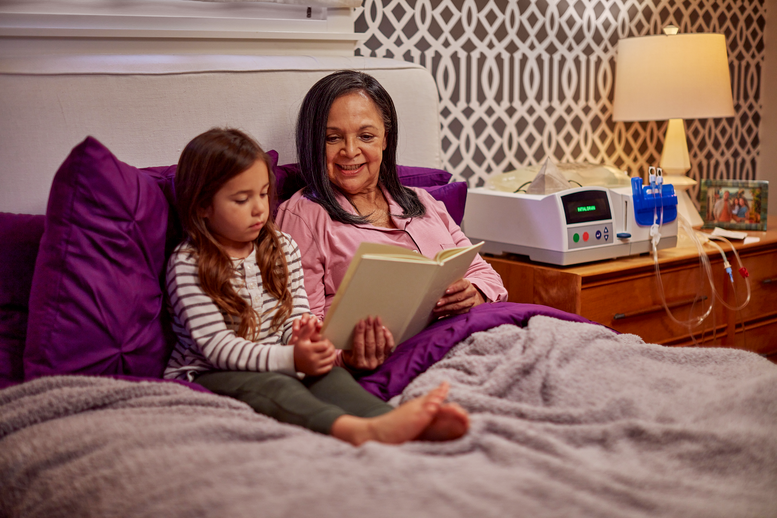
With the form of peritoneal dialysis using a machine for support, the filtration and fluid exchange process will take place at night - when the patient is sleeping, allowing them to still work, study or take care of their family during the day like normal people.
Reporters of the Government Electronic Newspaper had an interview with Ms. Tran Thuy Duong, General Director of Vantive Vietnam Healthcare Company Limited to learn about the potential of accessing home peritoneal dialysis treatment for people with kidney disease in Vietnam.
Peritoneal dialysis - a new step forward in the treatment of end-stage chronic kidney disease
Madam, peritoneal dialysis is currently considered one of the advances in the treatment of end-stage chronic kidney disease. Could you briefly share the principles and outstanding advantages of this method compared to regular dialysis at the hospital?
Ms. Tran Thuy Duong: Chronic kidney disease is a major health burden in many countries, including Vietnam, where it is estimated that millions of people are suffering from it at different stages. Currently, there are about 10 million Vietnamese adults – equivalent to nearly 10% of the population – living with chronic kidney disease. What is worrying is that many people only discover the disease when their kidneys have lost function and cannot be restored, and only 5% of them can access renal replacement therapy.
To prolong life, patients must receive kidney replacement therapy using two main methods: periodic blood filtration at the hospital (artificial kidney dialysis at the hospital) and peritoneal dialysis (by hand or by machine) at home. Of these, peritoneal dialysis is considered a new direction with many advantages, especially improving the quality of life for patients and their families.
The principle of this method is to use the patient's peritoneal cavity lining serosa as a natural biological filter. The dialysis solution is introduced into the abdominal cavity through a catheter, and after a period of time will be discharged, carrying out toxins and excess water.
The special feature of peritoneal dialysis is that after being thoroughly trained in theory and practice, patients can perform it at home, without depending on the dialysis machine or having to go to the hospital 3 times a week like in-hospital periodic dialysis.
In addition, this method helps maintain stable blood pressure, reduce cardiovascular complications, especially suitable for the elderly or those with underlying diseases. In many developed countries, the rate of patients choosing peritoneal dialysis accounts for about 30-40% of the total number of renal replacement therapy cases, showing that this is a commonly applied method and brings many clinical benefits.
Bringing a better quality of life to patients
With current treatment practices, what specific benefits does peritoneal dialysis bring to patients with chronic kidney disease, madam?
Ms. Tran Thuy Duong: It can be said that home peritoneal dialysis brings freedom and a new quality of life to patients. When fully instructed by a doctor, patients or caregivers can perform peritoneal dialysis at home. Especially with the form of peritoneal dialysis using a machine for support, the filtration and fluid exchange process will take place at night - when the patient is sleeping, helping them to still be able to work, study or take care of their family during the day like normal people.
Reducing travel time and costs and dependence on medical facilities helps patients save money, be more proactive in their daily lives and maintain a more optimistic spirit during treatment. Thanks to that, patients can still maintain their jobs and a good quality of life, thereby contributing to the overall development of the community and the economy .
From a technical perspective, peritoneal dialysis provides gentle and continuous detoxification, resulting in less fatigue, hypotension, or fatigue after each dialysis session than with hospital-based dialysis. Another advantage is that this method preserves residual kidney function for longer, provides cardiovascular support, and maintains biochemical and hemodynamic stability.
At the social level, expanding peritoneal dialysis will significantly reduce the burden on the health system, especially at overloaded dialysis centers. In many countries and territories such as Hong Kong, Taiwan, Korea, Thailand or Singapore, patients treated with peritoneal dialysis are noted to be able to maintain stable health for a long time and integrate into daily life. I believe that when this method is widely popularized with a standardized support system, patients in Vietnam will also achieve similar results.
Follow procedures and sterilization to ensure safety
Besides the positive aspects, what should patients pay attention to when choosing and maintaining peritoneal dialysis to ensure effectiveness and safety, madam?
Ms. Tran Thuy Duong: This method has many advantages and patients need to comply with personal hygiene and have a high sense of self-care. The most important thing is to ensure the principle of sterility during the fluid change process. Patients need to be carefully instructed on the operating procedure, sterilize the instruments and keep the surrounding environment clean during the fluid change process, to limit the risk of complications such as peritonitis.
In addition to technical factors, patients need to have regular check-ups, blood tests and check the dialysis solution so that the doctor can adjust the appropriate treatment regimen. Nutrition is also very important - patients need a balanced diet, limited salt, ensuring enough energy but not increasing pressure on the kidneys.
Medical device companies are partnering with major hospitals to organize training programs to help patients and caregivers practice the techniques properly at home.
The goal is for every patient, whether in urban or rural areas, to be able to confidently receive safe, effective treatment with remote expert support when needed.
Health insurance covers most of the cost of peritoneal dialysis.
One issue that many people are concerned about is the cost of treatment. Could you share more specifically about the payment through Health Insurance (HI) for the current peritoneal dialysis method?
Ms. Tran Thuy Duong: This is a very practical question. According to current regulations, health insurance covers most of the cost of peritoneal dialysis treatment for inpatients... For outpatients, health insurance covers the dialysis solution, some accompanying medications and examination fees. Patients only have to pay a small portion of the remaining cost, similar to when performing periodic hemodialysis. This policy has significantly reduced the financial burden for tens of thousands of patients nationwide.
Thank you very much./.
Dr. Nghiem Trung Dung - Director of the Center for Nephrology, Urology and Dialysis, Bach Mai Hospital:
Currently, the rate of patients using peritoneal dialysis methods in Vietnam is still modest compared to the world. However, with undeniable advantages, automated peritoneal dialysis will be an important treatment option in the development strategy of the Vietnamese Nephrology profession.
For automated peritoneal dialysis to be widely adopted, we need a comprehensive supporting ecosystem, including appropriate health insurance policies, building specialized medical teams for home peritoneal dialysis and raising community awareness. If we can do this, we will not only reduce the burden on dialysis centers but also truly change the lives of tens of thousands of patients.
Furthermore, with the Assisted Peritoneal Dialysis (Assisted PD) model, even elderly, frail or physically or cognitively limited patients can perform this method at home with the support of relatives or medical staff.
Currently, people with chronic kidney disease do not know about this method. I think it is necessary to popularize it to patients and their relatives, because this is a humane method, helping to effectively treat patients with end-stage kidney disease.
Vinh Hoang (performed)
Source: https://baochinhphu.vn/loc-mang-bung-huong-dieu-tri-giup-nguoi-benh-co-the-chay-than-tai-nha-102251018101842852.htm


![[Photo] Chairman of the Hungarian Parliament visits President Ho Chi Minh's Mausoleum](https://vphoto.vietnam.vn/thumb/1200x675/vietnam/resource/IMAGE/2025/10/20/1760941009023_ndo_br_hungary-jpg.webp)

![[Photo] National Assembly Chairman Tran Thanh Man holds talks with Hungarian National Assembly Chairman Kover Laszlo](https://vphoto.vietnam.vn/thumb/1200x675/vietnam/resource/IMAGE/2025/10/20/1760952711347_ndo_br_bnd-1603-jpg.webp)
![[Photo] Prime Minister Pham Minh Chinh meets with Speaker of the Hungarian National Assembly Kover Laszlo](https://vphoto.vietnam.vn/thumb/1200x675/vietnam/resource/IMAGE/2025/10/20/1760970413415_dsc-8111-jpg.webp)
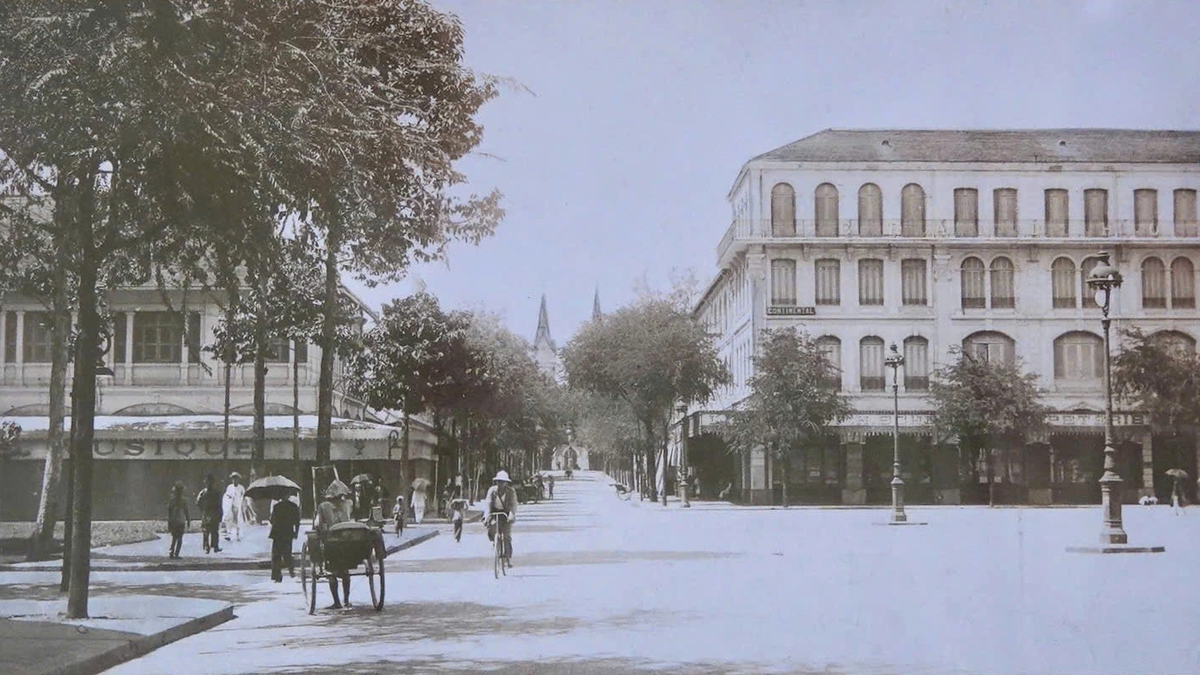
![[Photo] Solemn opening of the 10th Session, 15th National Assembly](https://vphoto.vietnam.vn/thumb/1200x675/vietnam/resource/IMAGE/2025/10/20/1760937111622_ndo_br_1-202-jpg.webp)




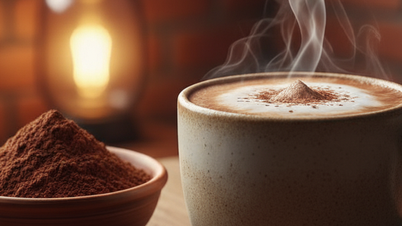

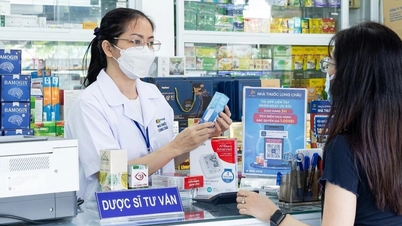

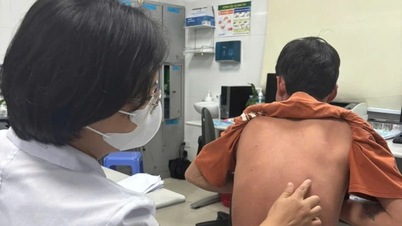




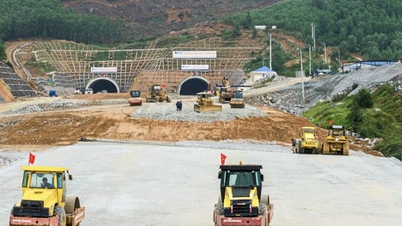


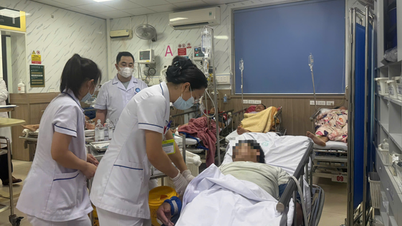


![[Photo] The Steering Committee of the 2025 Fall Fair checks the progress of the organization](https://vphoto.vietnam.vn/thumb/1200x675/vietnam/resource/IMAGE/2025/10/20/1760918203241_nam-5371-jpg.webp)


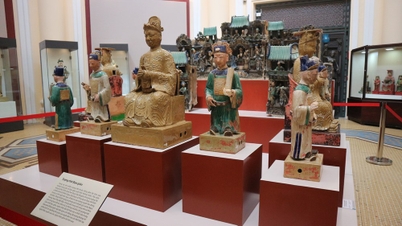




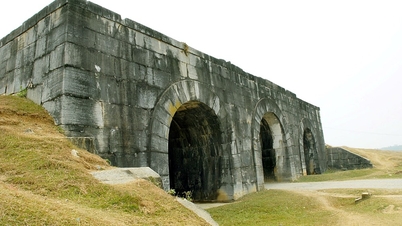
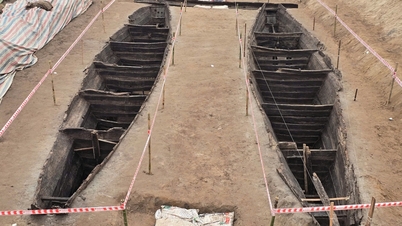



















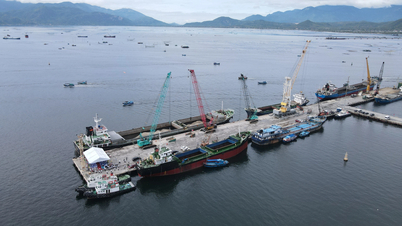







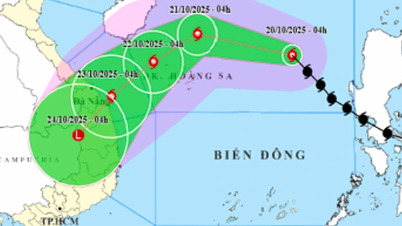



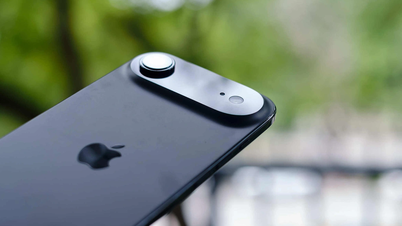
































Comment (0)